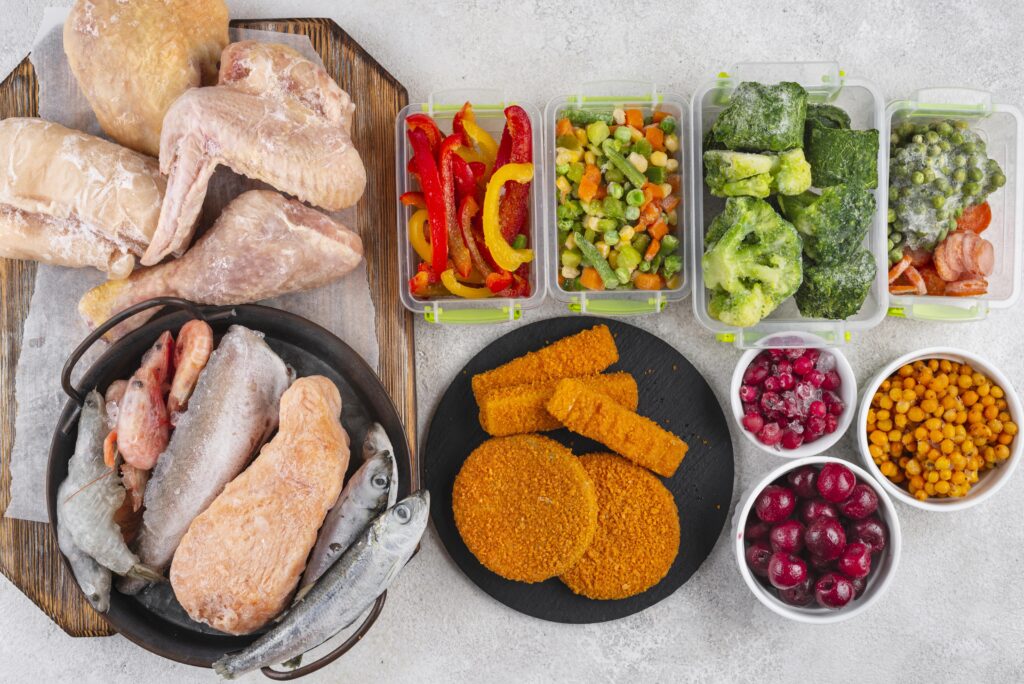When planning balanced meals or looking for ways to enhance your protein intake, high protein sides are an essential yet often overlooked piece of the puzzle. Whether you’re an athlete watching your macros or someone simply wanting to feel fuller for longer, adding more protein-rich accompaniments to your plate is an easy win. Here’s a friendly, comprehensive journey into the world of high protein sides, packed with actionable advice, evidence-based answers, and a sprinkle of personality.
Why Prioritize High Protein Sides?
For years, the main event on most dinner plates stole the spotlight—the steak, the chicken breast, the grilled tofu. But times are changing! Sides aren’t just afterthoughts anymore. A high protein side can transform a meal by boosting satiety, aiding muscle repair, and rounding out an otherwise carb-heavy dish. I love turning to protein-packed options, knowing every bite is doing a little extra for my body.
What Sides Have High Protein?
If you ask, “What are some high protein sides I can actually enjoy and not just tolerate?”—I get you. Here are some all-star options you can easily whip up or grab on your next grocery run:
-
Edamame: Tossed with a sprinkle of sea salt, these little green gems bring plenty of plant-based protein (about 11g per cup).
-
Lentil Salad: Cooked lentils with chopped veggies, a dash of vinaigrette, and a bit of feta. Lentils offer roughly 18g per cooked cup.
-
Chickpea-based dishes: Roasted chickpeas, hummus with veggies, or a tangy chickpea salad are healthy, filling, and pack about 15g per cup.
-
Quinoa: This versatile grain isn’t just a carb; it delivers about 8g of protein per cooked cup and is a complete protein source!
-
Cottage Cheese: A bowl of low-fat cottage cheese with tomatoes or pineapple provides upwards of 24g of protein per cup.
-
Greek Yogurt Parfait: Layer thick Greek yogurt with berries and nuts. You’ll get 17-20g protein per cup, depending on the brand.
-
Hard-Boiled Eggs: Sliced on toast or salad, each egg gives you 6g of protein. Simple and classic!
’Tis the era of sides that do more than fill space—they fuel!
What Is the Side of a High Protein Diet?
When talking about the “side” of a high protein diet, I see two possible interpretations—what to eat as a side when following a high protein diet, and what are the broader impacts or “sides” (as in side effects) of consuming a higher protein intake.
Side Dishes for a High Protein Diet
If you’re eating plenty of protein already, choose sides that complement those goals. Some options include:
-
Sautéed spinach or broccoli with tofu
-
Black bean salsa
-
Mixed nuts and seeds
-
Tempeh stir-fried with veggies
Side Effects of a High Protein Diet
On the flip side, it’s worth noting potential impacts of a high protein approach:
-
Increased satiety: You’ll likely feel fuller, longer
-
Enhanced lean muscle maintenance
-
Possible kidney strain: Rare for most people, but worth discussing with a healthcare professional if you have any underlying kidney issues
-
Dehydration risk: Upping protein can require more water intake
Moderation and balance are key, as always!
What Food Has the Highest Protein?

Now to the heavyweights—what foods actually boast the highest protein content?
-
Animal sources: Chicken breast (cooked, skinless) brings about 31g per 100g, turkey is similar, and lean beef can contain slightly more. Fish like tuna and salmon land in the 22-25g per 100g range.
-
Eggs: Each egg, as mentioned, gives you roughly 6g of complete protein.
-
Dairy: Cottage cheese, Greek yogurt, and hard cheeses like parmesan are standouts.
-
Plant-based: Tempeh and seitan outshine many beans and legumes—seitan has nearly 25g of protein per 100g
If you’re searching for a convenient, pure protein supplement, you might like to check out for high quality and taste, especially when you want a fast and easy boost.
How Much Protein Per Day?
The million-dollar question! How much protein do we actually need?
-
General recommendations: Most health authorities suggest 0.8 grams of protein per kilogram of body weight for the average adult (approximately 0.36g per pound). So, a 150-pound person would need about 54g of protein daily.
-
Active individuals: If you’re working out, aiming for muscle growth, or healing from injuries, you often need more—1.2 to 2 grams per kilogram body weight.
-
No one-size-fits-all: Needs vary due to age, activity level, muscle mass, and overall health. If in doubt, consult a nutritionist who can factor in your personal goals.
Which Vegetables Are High in Protein?
Vegetables aren’t always seen as protein heroes, but many do a solid job of helping you meet daily needs:
-
Spinach: 5g per cooked cup
-
Broccoli: 4g per cup cooked
-
Brussels sprouts: 3g per cup
-
Peas: 9g per cooked cup
-
Kale: 3g per cooked cup
-
Asparagus: 4g per cooked cup
While none rival beans or meat, combine a few of these throughout your meals and you’ll be closer to your goals than you think.
What Feed Is High in Protein?
If you’re curious from a broader or agricultural perspective—the feed given to animals (especially livestock) is also judged by its protein content.
-
Soybean meal: A dominant choice worldwide, often containing 44-48% protein.
-
Alfalfa hay: Popular with dairy cattle, with about 18% protein.
-
Fish meal: Made from fish, up to 65% protein, and used to supplement both livestock and aquaculture diets.
-
Canola meal: Similar to soybean but slightly less protein, often used as a supplementary feed for animals.
This is particularly important for people interested in sustainable food chains and animal welfare—it’s all connected!
Creative Tips for Boosting Protein in Sides
Now that we know which sides rock the protein game, here are a few tips I swear by for getting more out of your meals:
-
Mix and match: Combine beans with whole grains for a complete amino acid profile
-
Use dips wisely: Swap traditional dips for hummus, Greek yogurt, or cottage cheese-based spreads
-
Fortify your salads: Sprinkle hemp seeds, roasted chickpeas, or diced hard-boiled eggs onto greens
-
Try protein powders: If you like a boost in smoothies or baking, try stirring in a scoop of protein powder like for a seamless and tasty protein surge
Bringing It All Together
High protein sides aren’t just for gym devotees or diet obsessives—they’re for anyone who loves food that tastes great and helps them feel their best. By intentionally choosing smart, protein-rich side dishes and understanding your own needs, you’re setting up every meal for success.
If you’re ever uncertain where to start, revisit this guide. I wrote it with love (and a few snack cravings along the way), hoping it empowers you to make the most of your meals. And if you’re in a pinch, a smart supplement like can save you time and lift your nutrition instantly.
Let your sides shine—they might just become your new favorite part of every meal!



